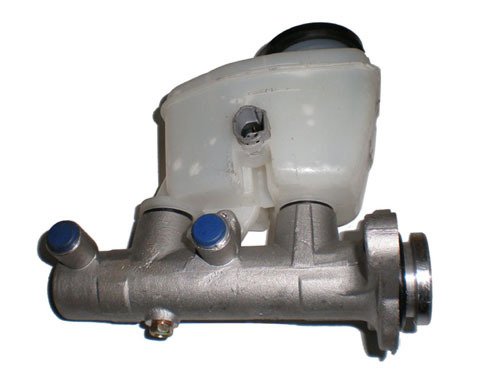Tuesday, December 27th, 2011 AT 12:13 AM
We have had this problem for over a month and can not figure out what is wrong. We have changed the brake booster 3 times, the proportioning valve once and the master cylinder twice. We have let the brakes gravity bleed, we have bled the brakes using a second person for assistance, and we have changed all the brake lines. When we have the truck motor off, we have a full brake pedal, but as soon as we start the truck, the brake pedal goes to the floor. When we pull the vacuum line on the power booster, we have a full brake pedal, just not power brakes. We are at our wits end.


